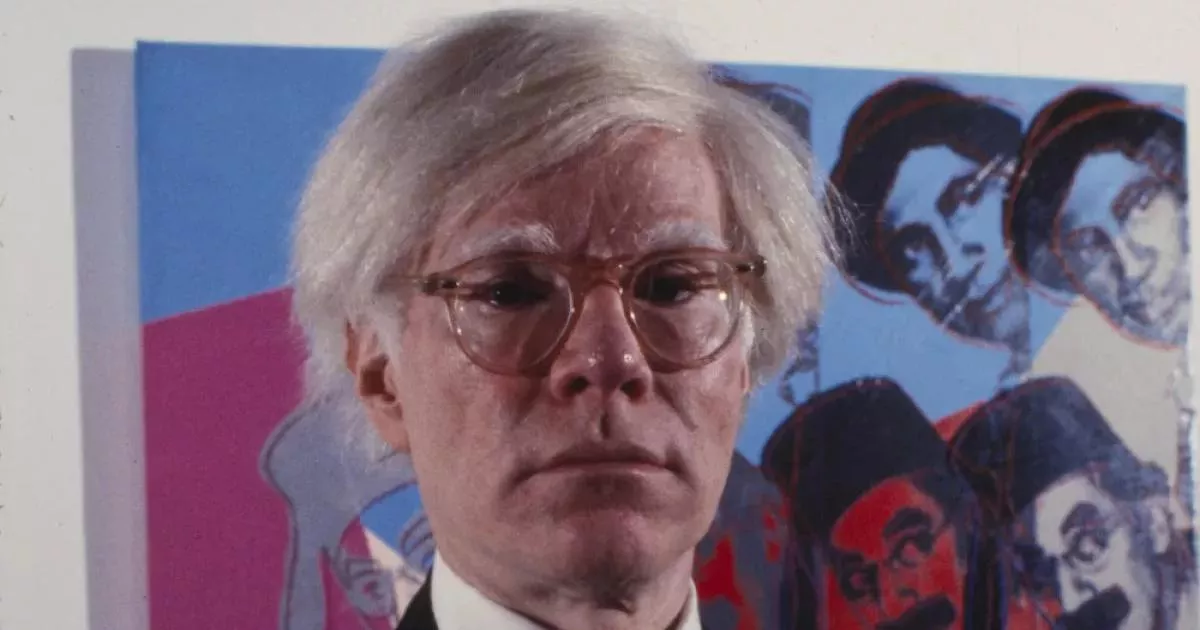Discover the defining moments in the early life of Andy Warhol. From birth to education, explore key events.
Andy Warhol (1928-1987) was a pivotal American artist, film director, and producer, renowned as a leading figure in the Pop Art movement. His work examined the intersection of art, advertising, and celebrity, utilizing diverse media like painting, sculpture, photography, and film. Notable creations include 'Campbell's Soup Cans' and 'Marilyn Diptych,' alongside experimental films like 'Chelsea Girls.' Warhol's multimedia events, such as the Exploding Plastic Inevitable, and his involvement in the erotic film 'Blue Movie' highlight his influential role in shaping artistic and cultural landscapes of the 20th century.
June 3, 1968: Shooting at The Factory
On June 3, 1968, Valerie Solanas, a radical feminist writer, shot Andy Warhol and Mario Amaya at The Factory. Warhol was seriously wounded and hospitalized for nearly two months. Solanas was later diagnosed with paranoid schizophrenia and sentenced to three years in prison.
August 1968: Court Appearance
In August 1968, Andy Warhol appeared in court after being sued for $80,000 by Phillip "Fufu" Van Scoy Smith, an investor in a canceled film adaptation of Jane Eyre.
September 1968: Party for Midnight Cowboy
In September 1968, Andy Warhol and Ultra Violet attended a party celebrating the completion of the film Midnight Cowboy, which included a party scene filmed during Warhol's hospitalization.
November 10, 1968: Appearance in The New York Times Magazine
On November 10, 1968, Andy Warhol, Viva, and Ultra Violet appeared on the cover of The New York Times Magazine.
1968: 1968 assassination attempt
In 1968, Andy Warhol was the victim of an assassination attempt.
1969: Photography and Movie Deal Discussions
In 1969, Andy Warhol traveled to Los Angeles to discuss a movie deal with Columbia Pictures. He also used a Polaroid camera to document his recovery, and some of his photographs were published in Esquire magazine.
1971: Purchase of Eothen Estate
In late 1971, Andy Warhol and Paul Morrissey purchased Eothen, an oceanfront estate in Montauk, New York on Long Island.
November 1972: Death of Julia Warhola and Acquisition of Archie
In November 1972, Andy Warhol's mother, Julia Warhola, passed away. Also in November 1972, Warhol and Jed Johnson got a dachshund named Archie Warhol.
1972: Renting Eothen Estate
In 1972, Andy Warhol and Paul Morrissey began renting out the main house on their Eothen estate to notable guests.
1972: Grammy Nomination and Political Involvement
In 1972, Andy Warhol received a Grammy nomination for Best Album Cover for Sticky Fingers. He also participated in an exhibition with the poster Vote McGovern to raise funds for George McGovern's presidential campaign.
1974: Move to East 66th Street
In 1974, Andy Warhol and Jed Johnson moved to a townhouse at 57 East 66th Street in Manhattan's Lenox Hill neighborhood. Warhol's public presence increased due to his party attendance.
May 1975: Attendance at White House State Dinner
In May 1975, Andy Warhol attended President Gerald Ford's state dinner in honor of the Shah of Iran, Mohammad Reza Pahlavi, at the White House.
January 1977: Exhibition Opening in Kuwait
In January 1977, Andy Warhol traveled to Kuwait for the opening of his exhibition at the Dhaiat Abdulla Al Salem Gallery.
June 1977: Reception Honoring Inaugural Artists
In June 1977, Andy Warhol was invited to a special reception honoring the "Inaugural Artists" who had contributed prints to the Jimmy Carter presidential campaign.
1977: Studio 54 and Torso Series
In 1977, Andy Warhol socialized at Studio 54 and began taking nude photographs of men for the Torsos and Sex Parts series, which caused tension with Jed Johnson.
November 1979: Book Tour for Exposures
In November 1979, Andy Warhol embarked on a three-week book tour in the US for his book Exposures, which contained his photographs of famous friends and acquaintances.
1980: Founding of the New York Academy of Art
In 1980, The New York Academy of Art was founded in part by Andy Warhol with the mission to "revive traditional methods of training artists."
1981: A No Man Show Robot
In 1981, Andy Warhol worked on a project with Peter Sellars and Lewis Allen to create a traveling stage show called A No Man Show, with a life-sized animatronic robot in the exact image of Warhol.
February 27, 1987: Funeral Liturgy
On February 27, 1987, Andy Warhol's funeral liturgy was held at the Holy Ghost Byzantine Catholic Church in Pittsburgh. The eulogy was given by Monsignor Peter Tay, with speakers including Yoko Ono and John Richardson.
April 1, 1987: Memorial Service at St. Patrick's Cathedral
On April 1, 1987, a memorial service was held for Andy Warhol at St. Patrick's Cathedral in New York City. Over 2,000 people attended, including numerous celebrities and Warhol collaborators.
December 1991: Family Sues Hospital
In December 1991, Andy Warhol's family sued the hospital in the New York Supreme Court for inadequate care, alleging that arrhythmia was caused by improper care and water intoxication. The malpractice case was quickly settled out of court.
Mentioned in this timeline
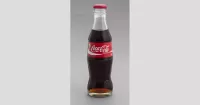
Coca-Cola is a globally recognized cola soft drink produced by...
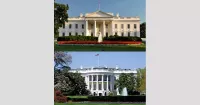
The White House located at Pennsylvania Avenue NW in Washington...
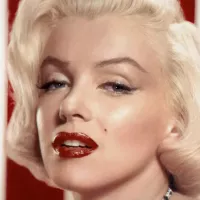
Marilyn Monroe was an iconic American actress and model who...
Saturday Night Live SNL is a late-night live sketch comedy...
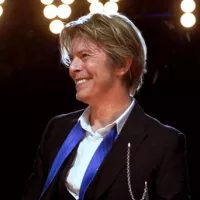
David Bowie David Robert Jones was a highly influential English...
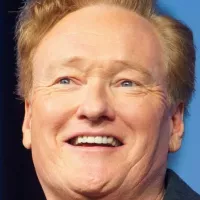
Conan O'Brien is a prominent American television personality renowned for...
Trending
Byrum Brown is an American college football quarterback currently playing for the South Florida Bulls His primary role is as...
Celtic F C is a professional football club based in Glasgow Scotland competing in the Scottish Premiership Founded in to...
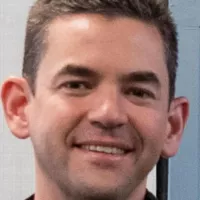
Jared Isaacman is an American billionaire entrepreneur known for founding Draken International a private air force provider and Shift Payments...
Susan Boyle is a Scottish singer who gained international recognition after her appearance on Britain's Got Talent in Her performance...
2 months ago ACA Subsidies Expiration Fuels Premium Fears Amid Government Shutdown, Impacting Covered California
1 month ago Gary Cole Reveals Original 'Brady Bunch' Cast Reaction to 1995 Movie.
Popular

Candace Owens is an American conservative political commentator and author...
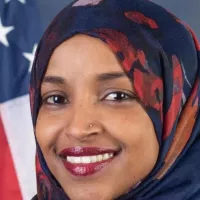
Ilhan Omar is an American politician currently serving as the...

XXXTentacion born Jahseh Dwayne Ricardo Onfroy was a controversial yet...

Charles James Charlie Kirk was a prominent American right-wing political...
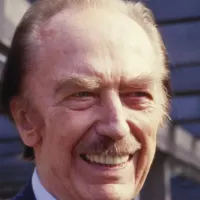
Frederick Christ Trump Sr - was an American real estate...
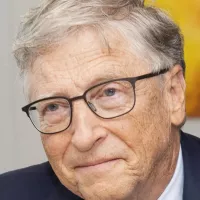
Bill Gates an American businessman and philanthropist revolutionized personal computing...
